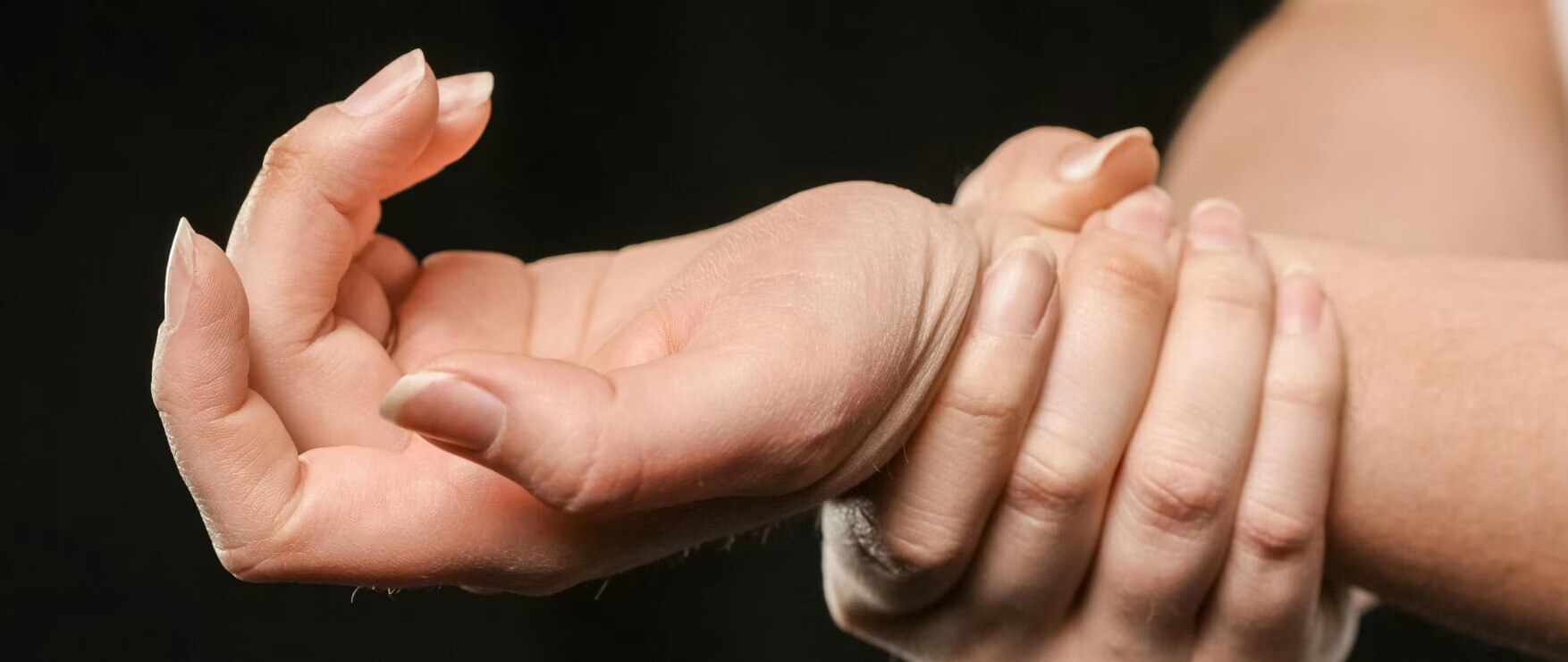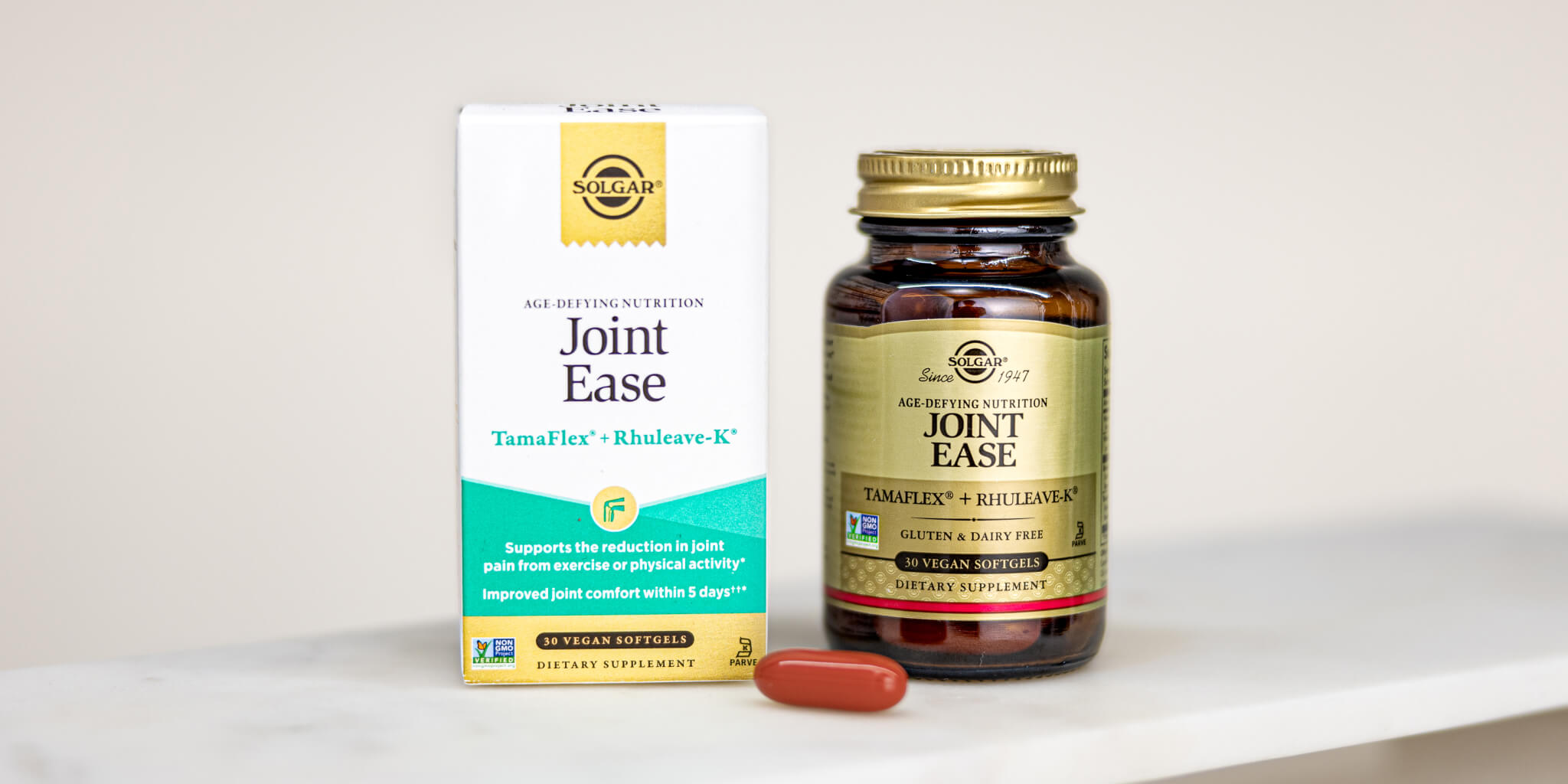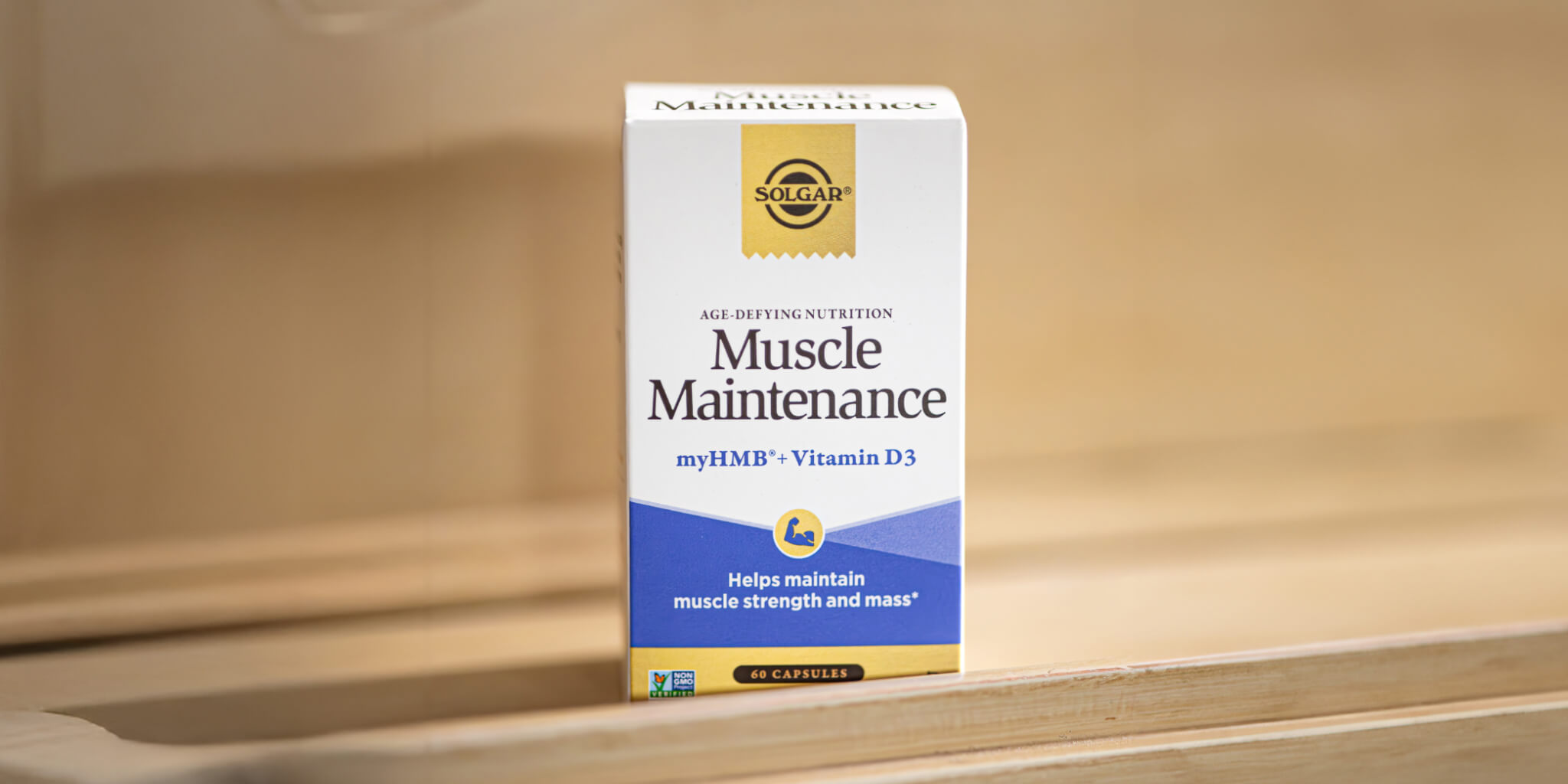How Weather Affects Joints & Muscles

Key Takeaways:
- There’s still a lot to learn about why changes in weather affect your joints and muscles, but some theories include changes in barometric pressure, cooler temperatures, and lifestyle changes.
- Staying active, drinking lots of water, and taking a science-backed supplement can help support your joint and muscle health.*
If you’ve ever felt minor knee discomfort before a storm or noticed extra stiffness in your back on a rainy day, you’re not alone. Many people feel stiffness or even discomfort in their muscles and joints in response to changes in the weather.
While the experience is common enough, the reasons behind why changes in weather affect joints and muscles aren’t entirely clear. We’ll examine the current evidence, and give you science-backed tips for supporting your joints and muscles in every season.
Why do muscles and joints feel weather changes?
The science behind weather-related muscle and joint discomfort is still emerging, but studies suggest that changes in barometric pressure and humidity are significant factors.
Barometric pressure
Barometric pressure, or atmospheric pressure, is the weight of the air surrounding us. When this pressure changes rapidly — often right before a storm — many people notice a physical reaction in their bodies.
Here’s how it may work: when barometric pressure drops, such as before a storm, the air pressure on our bodies decreases, allowing the tissues around our joints to expand. This subtle swelling can increase tension in sensitive areas, causing discomfort or stiffness.1
Temperature changes
Temperature changes may also affect how muscles and joints feel. Cold weather, for example, can tighten muscles and cause joints to feel stiffer. Blood flow also changes in colder weather, prioritizing internal organs over extremities. This may leave hands, feet, and joints feeling sore or temporarily less flexible.
Another idea is that cold weather increases the thickness of synovial fluid in your joints. This increased thickness may make joint tissues rub against each other more, leading to minor temporary discomfort.2
Lifestyle changes
Another way the weather may indirectly impact your muscles and joints is due to how your lifestyle may change during different seasons.
During colder months, many people tend to have a more sedentary lifestyle and may spend less time being active. When you’re inactive, muscles tend to weaken and lose mass, which reduces their ability to support and stabilize joints effectively. This loss of muscle support puts extra pressure on the joints, increasing the risk of stiffness, discomfort, and even injury.
Not exercising can also lead to joint stiffness. The cartilage that cushions joints relies on regular movement to absorb nutrients and stay healthy.3
How to support muscle & joint health
1. Exercise regularly
Resistance training for muscle health
Resistance training, such as weightlifting, using resistance bands, or moving any part of the body against gravity, is great for your muscle health.
Resistance exercises cause your muscle fibers to experience tension, triggering signals for growth that ultimately improve strength. Resistance training also boosts the activity of hormones that promote growth.4 These signals work together to make muscle cells grow and repair, making resistance training one of the most effective ways to increase muscle mass.5
Low-impact exercises for joint health
Low-impact exercises are exercises that don’t place excessive pressure and stress on your joints. Low-impact activities, like swimming and yoga, are gentler on joints compared to high-intensity workouts. Golf and walking are other options depending on mobility levels.
2. Stay hydrated
Staying hydrated is essential for maintaining healthy joints and muscles. Water helps lubricate joints and keeps the cartilage around them soft and flexible. Proper hydration also supports muscle function by delivering essential nutrients and removing waste products.
3. Take a joint or muscle support supplement*
Supplement to support joint health:

Solgar® Joint Ease is uniquely formulated with clinically-backed ingredients to support joint health.*
With continued use, just one softgel daily helps:
- Support the reduction in joint pain from exercise or physical activity*
- Improve joint comfort within 5 days✝✝*
- Improve joint health, stiffness, range of motion, and mobility*
- Support a healthy inflammatory response✝*
Supplement to support muscle health:

Muscle Maintenance is uniquely formulated to support muscle mass.* Each serving helps adults:
- Preserve lean muscle tissue*
- Support recovery after intense exercise*
- Maintain muscle strength and mass*
- Support muscle function in older adults*
- Support muscle mass*
(not intended for use by persons under the age of 18)
Other supplements for your active lifestyle:
To support bone health*
To support nerve & muscle health*
Get the latest updates and exclusive deals when you sign up for our newsletter!
Final Thoughts
Occasional weather-related muscle and joint discomfort is common. While there’s still much to learn about why this happens, there are many things you can do to help support your muscles and joints.* Listening to your body and adjusting your routine to account for weather-related triggers can make a meaningful difference in your comfort levels.
*These statements have not been evaluated by the Food and Drug Administration. These products are not intended to diagnose, treat, cure or prevent any disease.
✝✝ Based on a double-blind, placebo-controlled trial with TamaFlex® where joint comfort improved within 5 days and continued to improve throughout duration of the study.
✝ Inflammatory response in our body can occur from a variety of everyday factors such as exercise, daily activities, physical exertion, and other lifestyle factors.
The information provided on this site is intended for your general knowledge only and is not a substitute for professional medical advice or treatment for specific medical conditions. Always seek the advice of your physician or other qualified healthcare provider with any questions you may have regarding a medical condition. The information on this website is not intended to diagnose, treat, cure or prevent any disease. Never disregard medical advice or delay in seeking it because of something you have read on the Solgar® site.